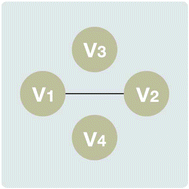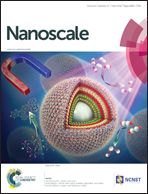Causation or only correlation? Application of causal inference graphs for evaluating causality in nano-QSAR models†
Abstract
In this paper, we suggest that causal inference methods could be efficiently used in Quantitative Structure–Activity Relationships (QSAR) modeling as additional validation criteria within quality evaluation of the model. Verification of the relationships between descriptors and toxicity or other activity in the QSAR model has a vital role in understanding the mechanisms of action. The well-known phrase “correlation does not imply causation” reflects insight statistically correlated with the endpoint descriptor may not cause the emergence of this endpoint. Hence, paradigmatic shifts must be undertaken when moving from traditional statistical correlation analysis to causal analysis of multivariate data. Methods of causal discovery have been applied for broader physical insight into mechanisms of action and interpretation of the developed nano-QSAR models. Previously developed nano-QSAR models for toxicity of 17 nano-sized metal oxides towards E. coli bacteria have been validated by means of the causality criteria. Using the descriptors confirmed by the causal technique, we have developed new models consistent with the straightforward causal-reasoning account. It was proven that causal inference methods are able to provide a more robust mechanistic interpretation of the developed nano-QSAR models.


 Please wait while we load your content...
Please wait while we load your content...